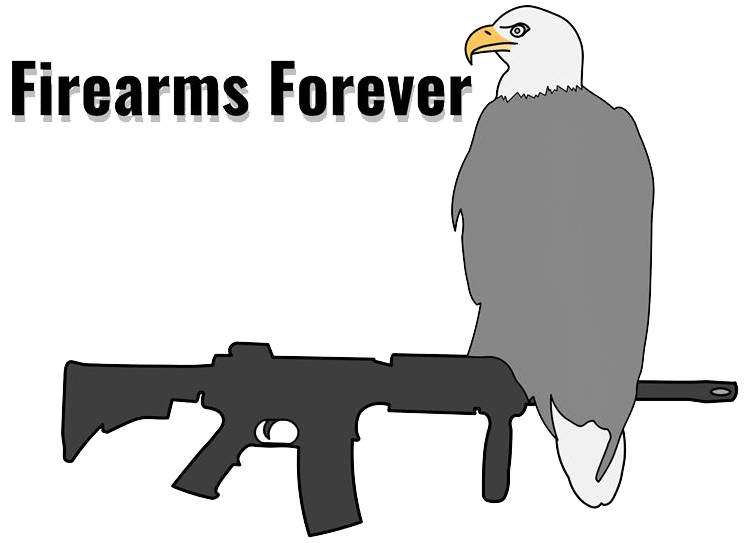It’s happened to me twice now, in two separate mid-sized western Montana towns — once in Hamilton and once in Dillon, near where I currently live.
I’ve been driving along, completely lost in thought and the radio, when crowds of people standing on sidewalks holding signs have materialized in the distance. I’ve stopped at red lights both times and rubbernecked across my passenger seat to take stock of the protesting swarms and their fiery fodder. It would be impossible not to; they demand attention.
Both times, the crowds have mostly been protesting public land transfers. Loudly. With very big, very expressive messages scribbled on sandwich boards and leftover pizza boxes. Both times, the scene has made me smile — not so much because I agree with their sentiments (ask me how I feel after-hours) but because at a time when everyone takes for granted that America is more polarized than ever before, nothing flies in the face of such polarization quite like a public lands rally.
One can drum up a whole laundry list of assumptions about people in the amount of time it takes for a main street traffic light to turn green. We’ve gotten so good at wearing our identities on our sleeves, and even though we aren’t supposed to judge books by their covers, we all do it anyway, even if just subconsciously. So you’ll excuse me while I take the liberty of assuming some things about the people at these public lands rallies. I assume that some of them vote one way, and some vote another way. I assume many other topics would put some of these people on opposing sides of a protest. But there they were anyway, shoulder to shoulder, holding up signs for something they all believe in strongly enough to withstand hours of direct sunlight, honking cars, and trucks rolling coal in their faces.
The populations of towns like Hamilton (5,300 people) and Dillon (4,200 people) both consist of a pretty classic Rocky Mountain blend: multi-generational ranchers, local business owners, hunting and fishing guides, remote-working bicoastal expats, natural resource agency employees, service providers, the list goes on. Plenty were born in these places, plenty weren’t. Some joined the military after high school. Others worked for Americorps. Others still went to college, or got a job with a grocery store or a bank or a construction company and stayed put.
These aren’t large population centers. They aren’t unincorporated communities huddled around highway intersections, either. They’re big enough to both require and support a diverse array of career paths and specialties. Teachers, doctors, plumbers, pharmacists, retailers, cooks, cops, admins, insurance agents, non-profit directors, everyone helps the town function in one way or another. But places like Dillon and Hamilton are also small enough to squeeze everyone into the same bars, coffee shops, town meetings, and ballgames.
Apparently, many of them squeeze into the same sidewalk protests, too, because strike me down if I didn’t see a tattooed, nose-pierced, millennial river rat in Chacos and tie-dye standing next to an elderly man in a pressed pearl snap shirt, suspenders, and a Veterans of Foreign Wars hat. In fact, a whole variety of hats bobbed and mingled up and down the line: blaze orange ball caps stained with sweat and dirt, brightly colored five-panels fresh off an REI shelf, hats with logos of organizations that hardly ever lobby for the same thing. They were all out there, together, a mountain-town melting pot. It was beautiful, mostly because it felt rare and fleeting.
This scene mirrors how public lands advocacy is currently playing out in real time on a grander stage. On June 18, a coalition of 148 environmental activism organizations signed a letter making demands that essentially match those of different lists of hook-and-bullet brands and organizations, like this one from Utah-specific sporting groups and businesses. How many other times in modern history do you remember Earthjustice and the Utah Houndsmen Association demanding the same thing? Is there some twisted definition of peace buried in here somewhere, under all the chaos and fear?
Is that peace, that reverberating hum of a truly diverse population loving and fighting for their public lands all at once, what ultimately defeated the provision? We may never know, but a girl can dream.
The public lands soapbox seems extremely crowded and emotionally hungover right now. This leaves very little room for more original voices or ideas about the woes of wholesale transfer, or how public lands are America’s greatest idea, or what the country still stands to lose if Mike Lee eventually gets his way.
So consider this a quick call to gratitude while an unknown thousands of you from all different walks of life celebrate your latest win. Every dip and turn of the public land transfer saga has revealed an overwhelming strength of character and community across major ideological fissures in parts of the country that pollsters and pundits often misunderstand, when they notice them at all.
So maybe someday, when we’re all back at each other’s throats about some other thing, (Wolves! Renewable energy! Guns! Stocked trout! Drones!) we can look back on this time, a time when one big idea turned a mirror on the entire outdoors community and revealed allies and friends that we might not have otherwise recognized as such.
We owe it to ourselves to cling to these moments of unity. Wouldn’t it be nice to have more of them?
Read the full article here



